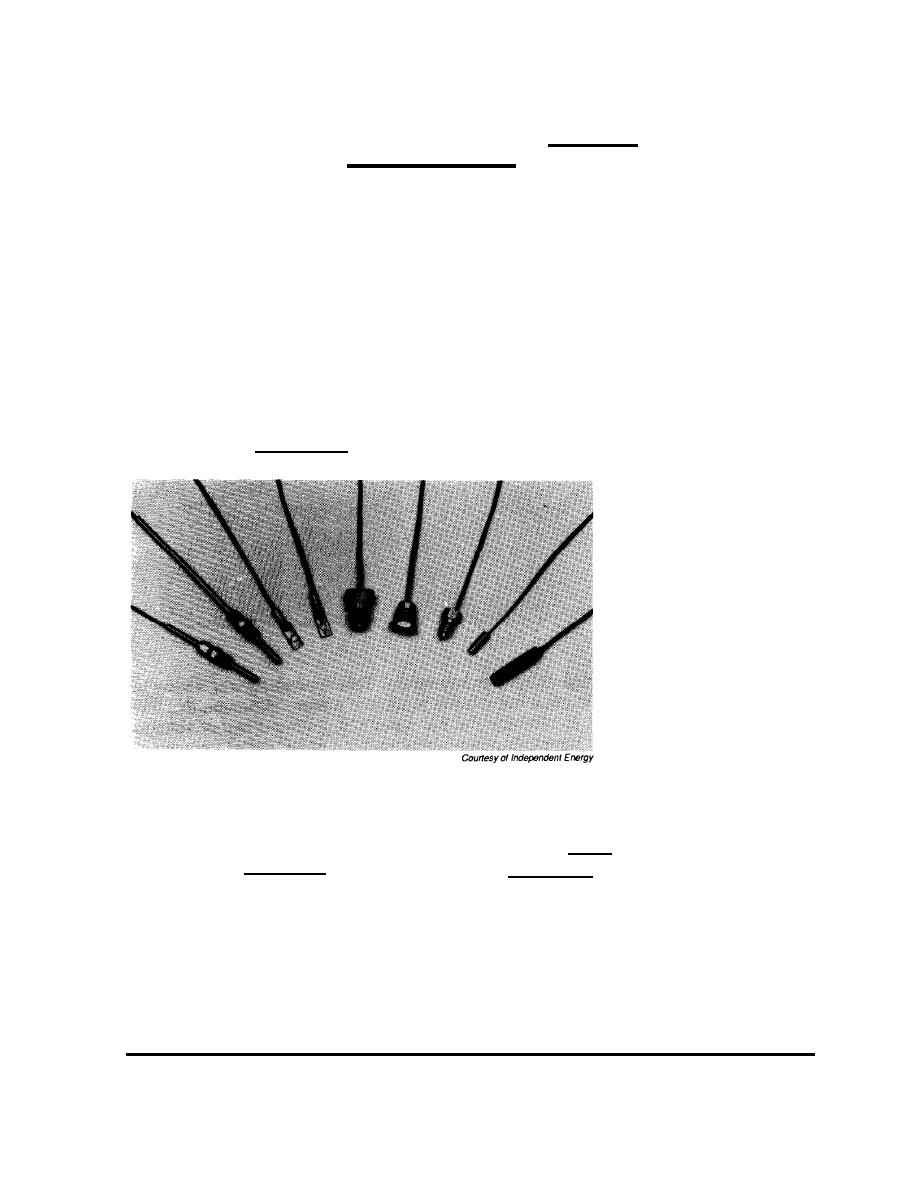

Custom Search
|
|

|
||
 Because the control is concerned with temperature differences, rather than absolute
temperatures, it is called a differential thermostat.
Typically, the collectors must be 10F to 20F warmer than the storage water before
the system is turned on. As long as the collectors are at least 3F to 8F warmer
than storage, the system pumps stay on. If the collector/storage differential is less,
the system is turned off. These two differential settings are referred to as the "delta-
T on" and "delta-T off." Sometimes the two settings are shown together. For
example, a control with a 20F on differential, and a 5F off differential would be
described as a "20/5."
The control determines system temperatures with electronic sensors. These are
usually resistors which change their electrical resistance with temperature. The
most accurate ones used in solar systems are called resistance temperature
detectors (RTD's). These are more expensive and less common than the thermal
resistors called thermistors. (Figure 2-47)
FIGURE 2-47
Various
Thermistor
Sensors
The relationship in a thermistor between electrical resistance and temperature is
inverse. That is, when the sensor's temperature goes down, its resistance goes up.
Temperature increases result in resistance decreases. Tables 3-3 and 3-4 in
Section 3.1.7 show the relationships between temperature and resistance for the
two most common types of sensors.
The construction of sensors depends on their application. Some have a mounting
tab with or without a hole for a fastener. Others resemble a threaded plug. They
can be very heavy or very small and light. Most are built to attach to the surface
that requires sensing.
OPERATION
2.7 COMPONENT OPERATION
51
|
 
|
|
 |
||